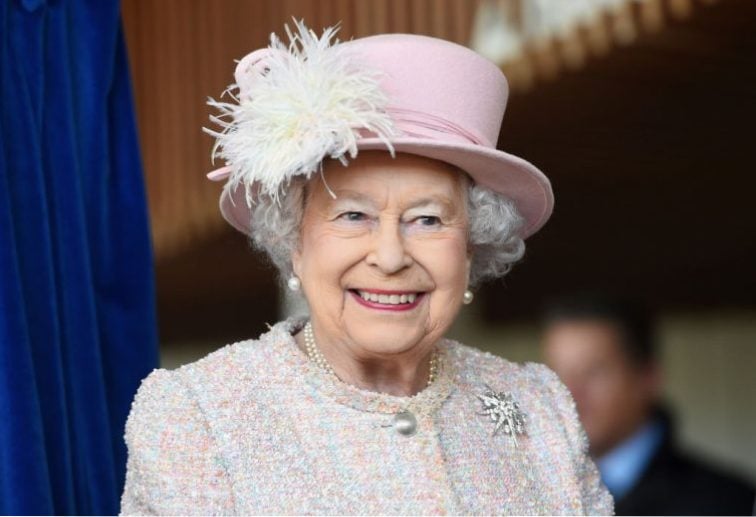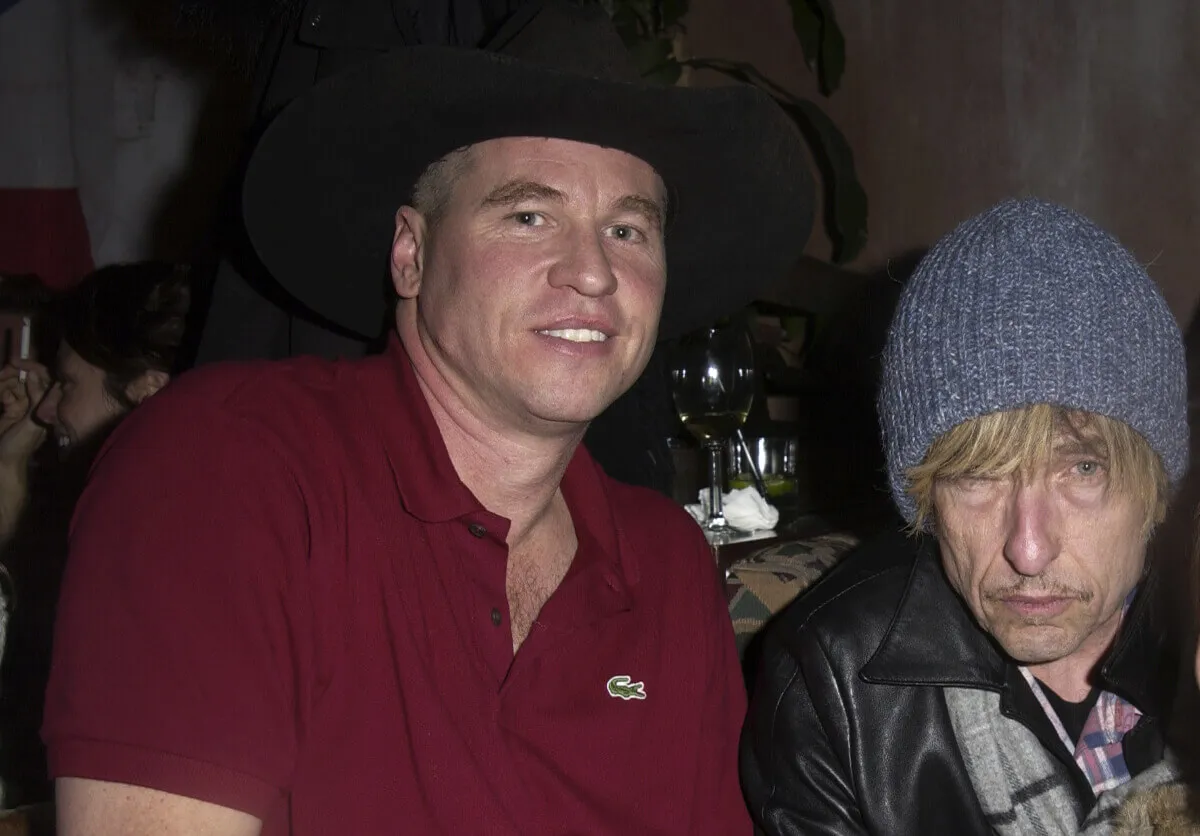Was Queen Elizabeth a Duchess? How Her Royal Titles Have Changed over the Years
In the royal family, official titles are everything. And, the queen has had quite a number of them. Queen Elizabeth’s royal titles — and other royal family member’s titles — are all very telling to the time. They explain whether or not she was married, who her parents were (and what their royal titles were), and more. However, as the longest reigning monarch, there is still some confusion about her former ranking in the royal family. And, many want to know: Was Queen Elizabeth a duchess like Kate Middleton, Meghan Markle, and Camilla Parker Bowles?

Was Queen Elizabeth a Duchess?
In the royal family, a dukedom is the highest ranking title — that is, with the exception of king or queen. However, only sons and grandsons of the monarch receive such hierarchy. That said, it appears as if Queen Elizabeth II’s father, King George VI made an exception to this royal family rule, as Prince Philip became the Duke of Edinburgh. And, with his royal title change, the then Princess Elizabeth became the Duchess of Edinburgh. It is likely this decision was made based on Prince Philip’s royal roots — he was a prince of Greece and Denmark — and the fact that he was marrying the heir apparent, Princess Elizabeth.
In the royal family, dukedoms typically stay with you. However, those that ascend the throne drop their duke or duchess title. Today, Prince Philip is still known as the Duke of Edinburgh, but Queen Elizabeth II is no longer a duchess.
Queen Elizabeth’s royal titles
Like many high-ranking members of the British royal family, Queen Elizabeth’s royal titles have changed a few times throughout her lifetime. And, like other members of the royal family, all of her titles are a reflection of her life and status. Here’s how Queen Elizabeth’s royal titles have changed over the years:
Her Royal Highness Princess Elizabeth of York
Dates: April 1926 to December 1936
Queen Elizabeth II was born with a royal title and went by Her Royal Highness Princess Elizabeth of York from birth until 1936 when her father became king. Because her father, Albert (later known as King George VI) and mother, Elizabeth Bowes-Lyon were the Duke and Duchess of York, Elizabeth II automatically adopted York in her name.
Her Royal Highness The Princess Elizabeth
Dates: December 1936 to November 1947
Once King George VI became king, he dropped hi dukedom status. Therefore Elizabeth II cut “York” from her name, too. She was Her Royal Highness The Princess Elizabeth until her marriage to Prince Philip in 1947.
Her Royal Highness The Princess Elizabeth, Duchess of Edinburgh
Dates: November 1947 to February 1952
Upon their wedding, Prince Philip became the Duke of Edinburgh. Since most royal titles are passed down through the male line, the then Princess Elizabeth became Her Royal Highness The Princess Elizabeth, Duchess of Edinburgh. Princess remained in her name because she is a member of the royal family.
Had she been a commoner marrying a prince (like Kate Middleton and Meghan Markle), she would have been Elizabeth, Duchess of Edinburgh.
Her Majesty The Queen
Dates: February 1952 to present
Following her father’s death in 1952, the then Duchess of Edinburgh ascended the throne and became Her Majesty The Queen. Like her father, Queen Elizabeth dropped her duchess status, since it was no longer of importance, compared to her monarch status.
Check out The Cheat Sheet on Facebook!


